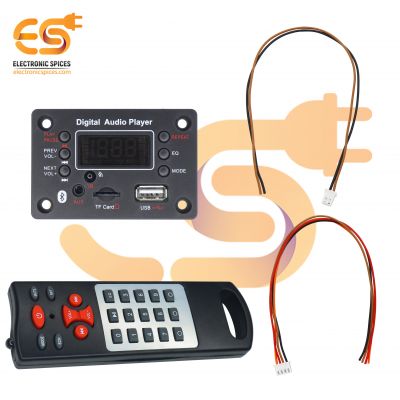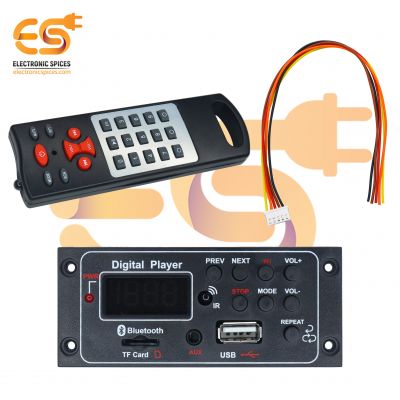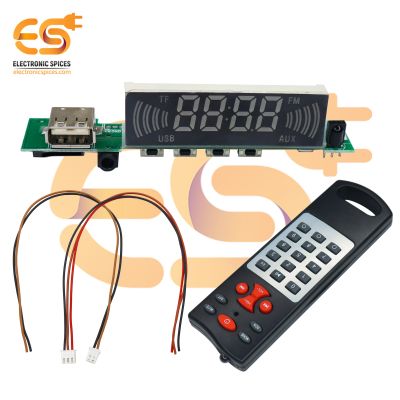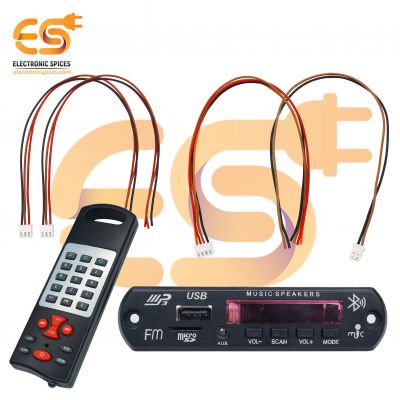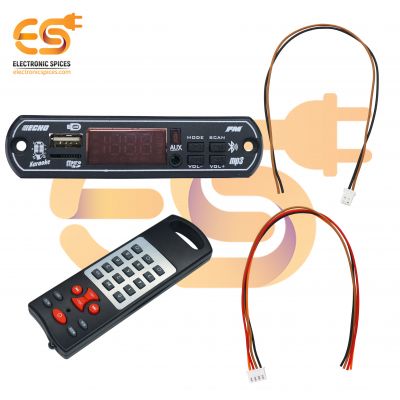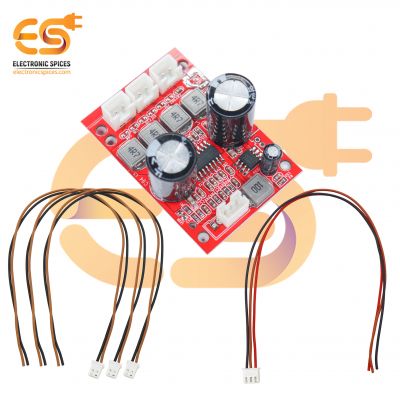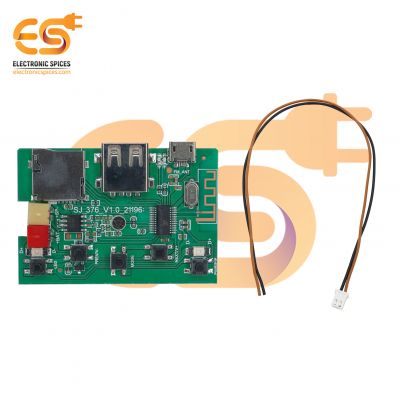TPA3110 XH-A232 30W + 30W Dual Channel digital stereo audio power amplifier module pack of 1pcs
- operating range: 12 to 24 volts
- Output Power: Dual Channel, 30W+30W
- IC code: TPA3110.
- Impedance of the output: 4 to 8 ohm ()
- More than 3A in supply current
SKU: 8292CJ
TPA3110 XH-A232 30W + 30W Dual Channel digital stereo audio power amplifier module pack of 1pcs
A versatile digital stereo audio strength amplifier module, the TPA3110 XH-A232 outputs 60 watts normal and 30 watts each channel. Due to its Class D virtual amplification era, which operates on an extensive voltage variety of 8V to 26V DC, it offers efficiency and low heat generation. It's the ideal alternative for DIY audio initiatives, powering small speakers, and diverse audio amplification programs because it produces excellent audio and is included against over-temperature and over-contemporary. For audio lovers and hobbyists, it's a practical and dependable choice thanks to its small length and straight forward creation.
Features:-
- Dual-Channel Power: Produces a combined 60W of stereo audio amplification (30W each channel).
- Utilises Class D digital technology to consume the least amount of heat and power.
- Voltage Flexibility: This device is compatible with a range of power sources and functions within the voltage range of 8V to 26V DC.
- Clear audio and component safety is ensured by the presence of over-temperature and over-current protection features.
Customer reviews
Product
Very nice amplifier
Heating Issues from the Start
Right out of the box, I noticed that the inductors on the output side heat up very quickly, even when the amplifier is in idle mode with no music playing. All 4 inductors (for L+ L– R+ R–) get hot enough to warm the whole PCB. Surprisingly, the IC itself stays cool, but that doesn’t help much when the surrounding components are overheating. I first powered it with 22V, which caused immediate inductor heating, so I dropped down to 12V, but the issue still persisted — just a little slower. This isn't normal for a Class D amp, especially one rated to handle higher voltages.
- +
-
-
Frequently Bought Together
@ ₹200/-
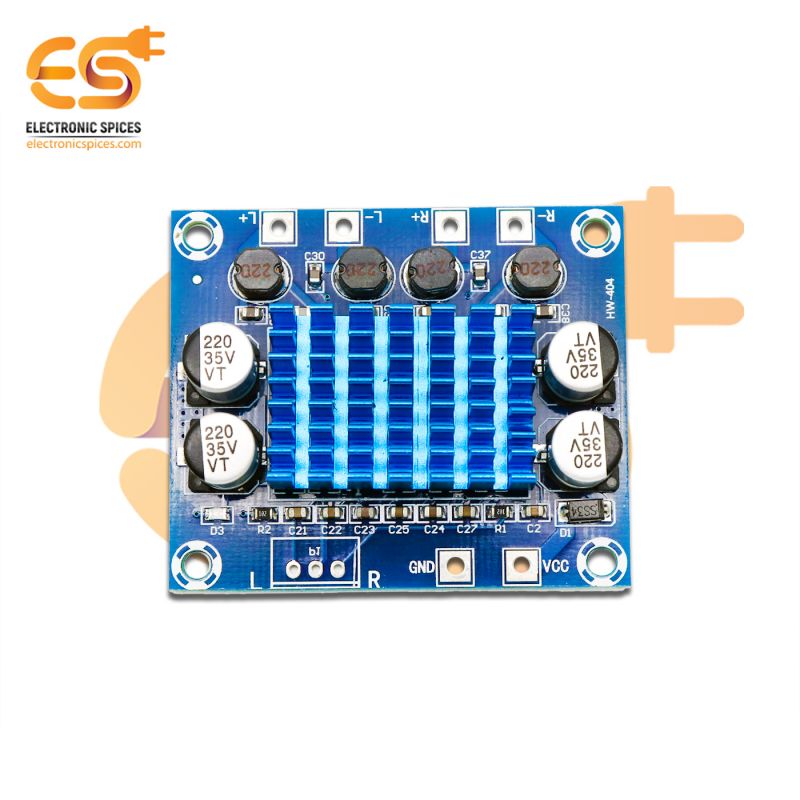
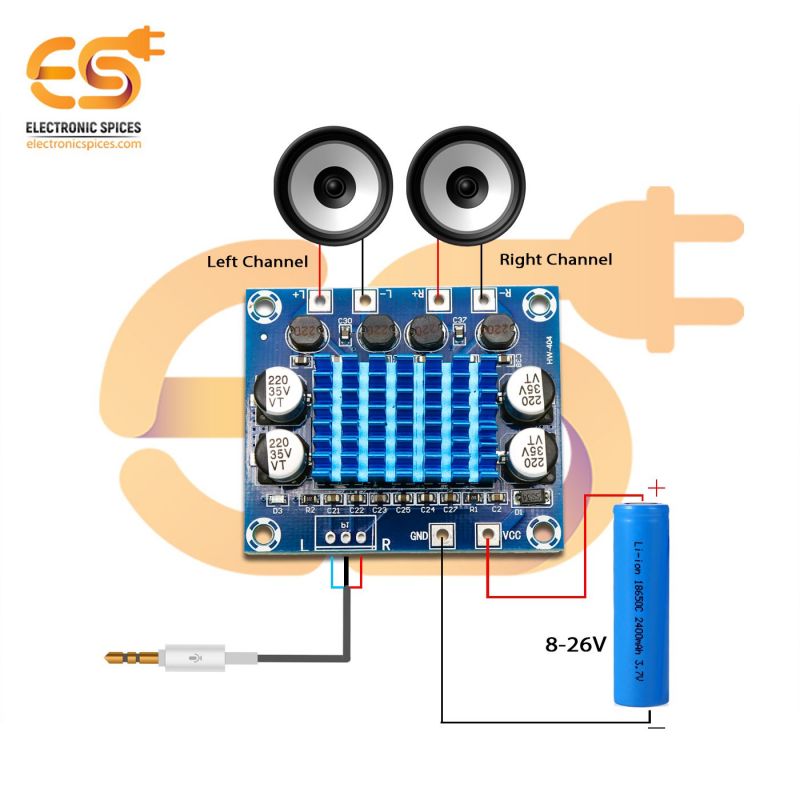

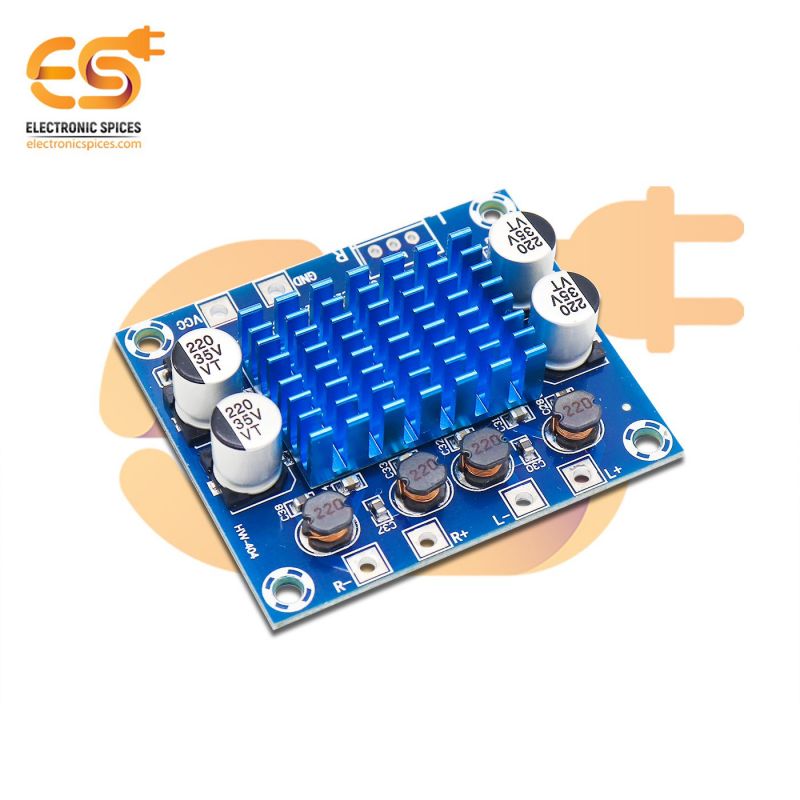




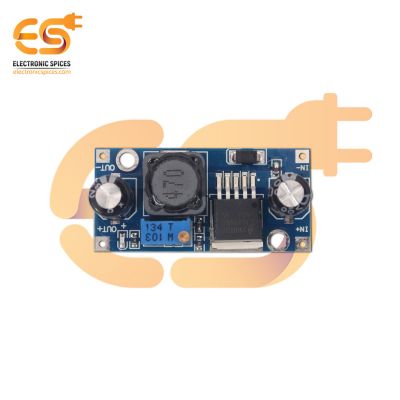
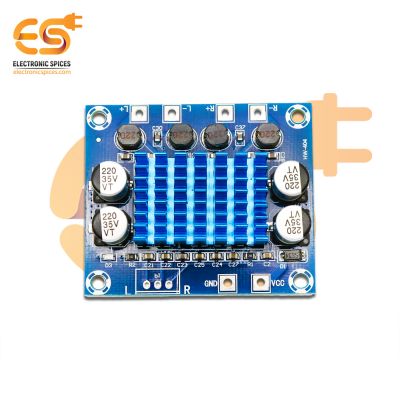
.jpg)
